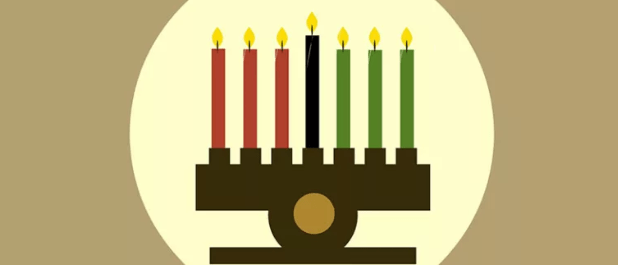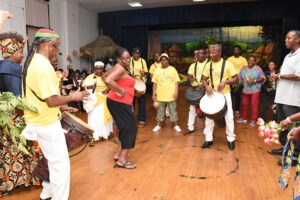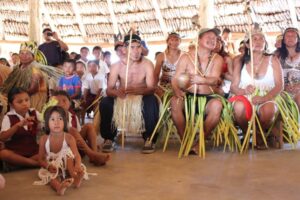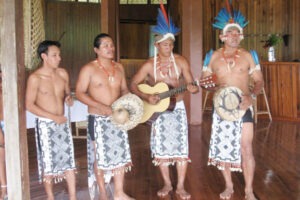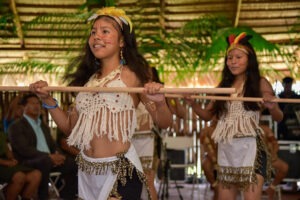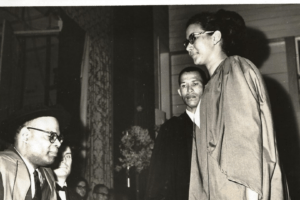In the tapestry of diverse cultural celebrations, Kwanzaa stands out as a vibrant and meaningful observance that honours African heritage and promotes unity within communities.
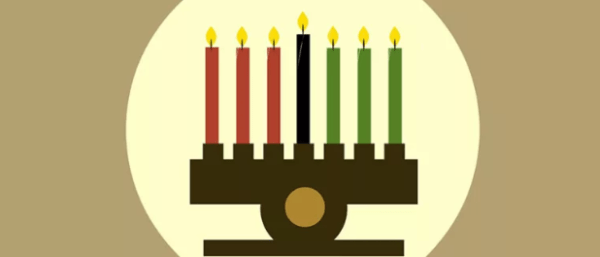
Rooted in the African/American experience, Kwanzaa is a week-long festival that brings people together to reflect on shared values, principles, and the importance of community.
ORIGINS AND HISTORY
Kwanzaa was created by Dr Maulana Karenga, a professor and cultural activist, in 1966. The word ‘Kwanzaa’ is derived from the Swahili phrase ‘matunda ya kwanza,’ which translates to ‘first fruits.’ The festival is inspired by African harvest celebrations and is observed from 26th December to 1st January each year.
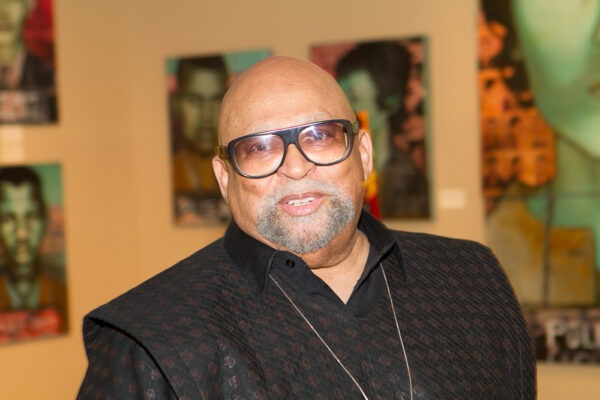
Dr Maulana Karenga [Photo credit:
PDA Group]
THE SEVEN PRINCIPLES (NGUZO SABA)
At the heart of Kwanzaa are the Nguzo Saba, or the seven principles. These principles represent core values that guide individuals and communities. Each day of Kwanzaa is dedicated to one of these principles:
- Umoja (Unity): To strive for and maintain unity in the family, community, nation, and race.
- Kujichagulia (Self-Determination): To define ourselves, name ourselves, create for ourselves, and speak for ourselves.
- Ujima (Collective Work and Responsibility): To build and maintain our community together and make our brothers’ and sisters’ problems our problems and solve them together.
- Ujamaa (Cooperative Economics): To build and maintain our own stores, shops, and other businesses and to profit from them together.
- Nia (Purpose): To make our collective vocation the building and developing of our community to restore our people to their traditional greatness.
- Kuumba (Creativity): To always do as much as we can, in the way we can, to leave our community more beautiful and beneficial than we inherited it.
- Imani (Faith): To believe with all our hearts in our people, our parents, our teachers, our leaders, and the righteousness and victory of our struggle.
THE KWANZAA SET-UP
Central to Kwanzaa is the kinara, a seven-branched candleholder representing the seven principles. Three candles on the left are red, three on the right are green, and a black candle is placed in the centre. Each candle corresponds to one of the principles and is lit in succession throughout the week.
Celebrating Kwanzaa also involves other symbolic elements, such as the mkeka (mat), muhindi (corn), mazao (crops), and zawadi (gifts). These items hold cultural significance and serve as visual reminders of Kwanzaa’s themes and values.
COMMUNITY CELEBRATIONS
Kwanzaa is a time for families and communities to come together and participate in various activities. Some of these activities include storytelling, music, dance, and the sharing of traditional foods.
Many communities organize public Kwanzaa events that welcome people of all backgrounds to join the celebration. This fosters understanding and unity among diverse groups.
Reference
- https://www.greenville.com/news/2023/12/the-history-of-kwanzaa/#:~:text=Kwanzaa%20was%20first%20celebrated%20in,and%20reinforce%20the%20Nguzo%20Saba
- https://grateful.org/grateful-living/grateful-for-kwanzaa/
- https://www.officialkwanzaawebsite.org/umoja.html?fbclid=IwAR1poLW1VgtdEfne2_-GpNBHRp5TlUnB9HXErZ52EZ7qUh53Fg-cbkM5Atg

